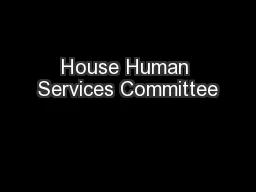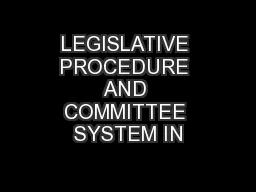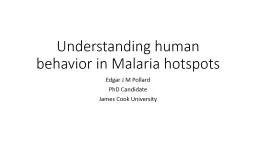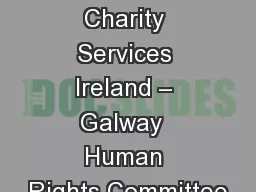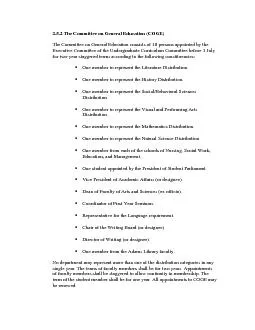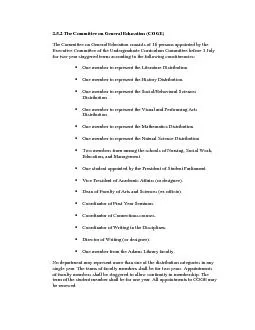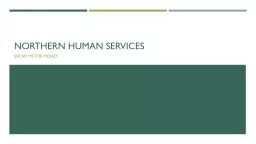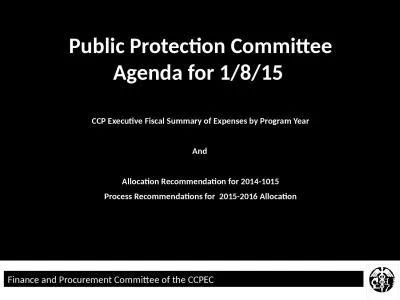PPT-House Human Services Committee
Author : tatyana-admore | Published Date : 2018-11-08
HL Whitman Jr DFPS Commissioner July 12 2016 The mission of the Department of Family and Protective Services is to protect children the elderly and people with disabilities
Presentation Embed Code
Download Presentation
Download Presentation The PPT/PDF document "House Human Services Committee" is the property of its rightful owner. Permission is granted to download and print the materials on this website for personal, non-commercial use only, and to display it on your personal computer provided you do not modify the materials and that you retain all copyright notices contained in the materials. By downloading content from our website, you accept the terms of this agreement.
House Human Services Committee: Transcript
Download Rules Of Document
"House Human Services Committee"The content belongs to its owner. You may download and print it for personal use, without modification, and keep all copyright notices. By downloading, you agree to these terms.
Related Documents

